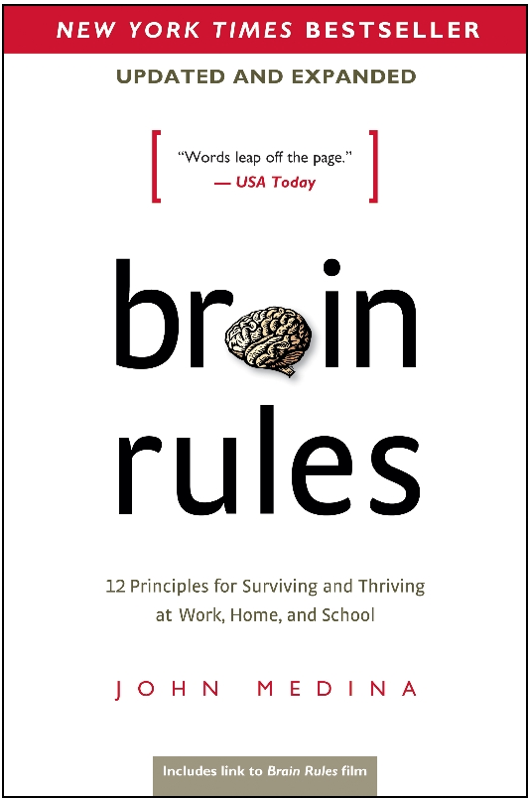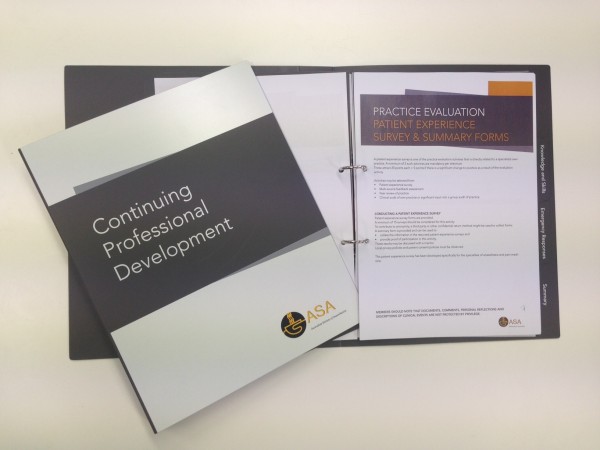
Category Archives: Blog
Working in Sydney’s operating theatres – a recent history
The Harry Daly museum of the Australian Society of Anaesthetists has created an online exhibition of operating theatre activities that can’t be that long ago…faces and places within my lifetime!
http://harrydalymuseumoptheatres.com/designing-operating-theatres/
From Darkness to Light – anaesthesia history
The Wood Library Museum of Anesthesiology presents a timeline of the history of anaesthesia for the American Society of Anesthetists.
http://www.woodlibrarymuseum.org/history-of-anesthesia/#2014
William T Morton gave the first successful demonstration of ether anaesthesia at the Massachusetts General Hospital in 1846.
Less than a year later, William Russ Pugh did the same in Tasmania.

John Belisario, a dentist, also performed many anaesthetics in 1947 in Sydney.

These dates mark the beginning of extraordinary developments that led to what we know as modern anaesthesia.

Combined ASA and NZSA meeting 12-15 September 2015

This congress is only the 7th combined event for the Australian and the New Zealand Societies.

The aims of this National Scientific Congress are “to challenge, enthuse, educate and enhance” the working lives of anaesthetists (quoted from Dr Piers Robertson, convenor).
 Dr Piers Robertson – convenor
Dr Piers Robertson – convenor
This particular Congress is honoured by the participation of Professor John B. West – who wrote the book on respiratory physiology that formed the basis of understanding of the concepts that underpin our daily work. He gained his medical undergraduate, MD and DSc degrees from Adelaide University; he worked with Sir Edmund Hillary’s Himalayan expedition of 1960-61 (and led the 1981 American Medical Research Expedition to Everest) and advised NASA. He nominates his book “Respiratory Physiology – the Essentials” as one of his favorite publications.
It will be a highlight for us all to meet him at the congress.
 Prof. John B. West
Prof. John B. West
Brain Rules
As an anaesthetist, I monitor anaesthetic depth with a Bispectral index monitor. Sensors (wet gel electrodes) are applied to the forehead as shown in the figure below and a dimensionless number is generated which reflects electrical activity in the brain cortex.


This monitor displays a real time EEG (electroencephalography) trace from the brain with the aim of maintaining the optimum level of sedation and hypnosis and the minimisation of awareness.
Everyone is concerned with preserving their brains, enjoying good mental health and delaying dementia. While anaesthetic drugs do not cause dementia or Alzheimer’s disease, it is known that patients who already have early dementia are vulnerable to further changes after surgery and anaesthesia. We have a lot to learn regarding what goes on inside our heads however…

Dr John Medina is a developmental molecular biologist from Washington State University. Human brain development, mental health and the genetics of psychiatric disorders are his special research interests.
He has written a New York Times best-seller that probably initiates more questions than it answers about what is going on inside our heads. It is not only a book, it is a blog, a multi-media collection of charts, illustrations and video.
How does memory work?
If our concern is about memory loss, we first have to understand what memory is. Dr Medina has an entertaining blog that sorts the matters about which we think we want to know from the things we must know before we can understand our questions…
http://brainrules.blogspot.com.au
Can we prevent adverse events?

There is no such thing as a “little anaesthetic” or a “little operation”. Every procedure carries risk – from small inconveniences to most serious consequences.
Each individual patient ranks adverse events differently. For some, postoperative nausea is a minor issue; for others, it is a major one.
Each operation and anaesthetic carries specific risks for individual patients – depending on the type of surgery, the anaesthetic drugs and techniques used and a patient’s medical condition.
Anaesthetists and surgeons work together to present risks, benefits and alternatives to patients in their care. Much research energy is devoted to mitigating or preventing risk associated with what we do as doctors.
As Education Officer for the Australian Society of Anaesthetists, I am involved with and will be attending a conference in Adelaide in February 2015 devoted to the consideration of adverse events and how they may be prevented.

http://www.acecc.org.au/Events/EventDetails.aspx?E=3363
ASA NSC October 2014

This National Scientific Congress is the only major scientific meeting in Australia for the 2014 calendar year. It is an opportunity for Australian anaesthetists to ensure that we practise state of the art clinical care for our patients.
The theme for the 2014 NSC is Practice, Precision and Professionalism. This is reflected in the choice of international and Australian invited speakers. William Harrop-Griffiths and David Bogod from the United Kingdom to explore issues in Regional Anaesthesia, Obstetric Anaesthesia, Medicine and the Law and Professional and Ethical Conduct. Michael Barrington is the Australian invited speaker and will discuss issues with ultrasound, vascular access and regional anaesthesia. The Kester Brown lecturer is Mr. Tony Morris QC, who was famously chair of the Bundaberg Hospital Commission of Inquiry in a distinguished legal career.
Added to this is an extensive program of refresher course lectures, SIG lectures and workshops, research and poster presentations and a new stream of sessions focused on practice management and professional issues. There will be opportunity to participate in both workshops and small group discussion activities.
I will be presenting a workshop on Final Exam Tips for Anaesthesia trainees on Monday in Room 5 at 1300-1430.
The panel discussion in which Drs Mulcahy, Goulding, Miller, Fairweather, Moses and myself will be participating: “My Future Practice – How it will look in 5 years time?” scheduled for Sunday in Room 6 a 1330-1500 promises to be provocative and lively!
The NSC will be a great opportunity to promote the ASA CPD compendium – designed to help busy anaesthetists track their continuing education activities.
Opioid Induced Constipation – OIC

Most patients require strong pain relief after their operations. Opioids (that is, narcotics or morphine-like medications) are usually a part of the pain management strategy postoperatively…and all medications come with side-effects.
Most postoperative pain management is multimodal – using multiple medications in small doses. The aim of that strategy is to target multiple receptors to maximise benefit and minimise side-effects.
When strong pain medication is required, it is important to identify those patients particularly at risk of constipation. Risk factors include advanced age, female sex, relative immobility, dehydration, altered nutritional intake, anal fissures and mechanical obstruction. Many of these are associated with a hospital stay…
Prevention and management of OIC includes
– identifying patients at particular risk
– dietary management – adequate hydration, dietary fibre
– mobilisation – where possible
– tailoring different types of opioids to patient needs – and knowing that those needs change with time
– pharmacological management: bulking agents, stool softeners, osmotic and/or stimulant laxatives.
Post-op cognitive decline and dementia: what’s the story?

Postoperative cognitive decline (POCD) is a worry – and older patients are recognised to be at increased risk. The underlying mechanism and the specific contribution of anaesthesia remains unclear.
Further study is ongoing to establish the extent of POCD, why it occurs and what we can do to prevent it.
“Current data do not support significant changes in practice other than avoiding purely elective procedures” ( http://www.medscape.com/viewarticle/745128 ).
HOW ABOUT ALZHEIMER’S?
Early studies in mice indicated that it was surgery, rather than anaesthesia that had a greater impact on a dementia-vulnerable brain. How this translates to humans (with or without dementia) is not yet known.
It is unlikely that anaesthesia is an independent risk factor for the development of dementia ( http://www.medscape.com/viewarticle/804439 ).
Meanwhile, the results of ongoing research in the areas of prevention and treatment of POCD are eagerly awaited by a growing sector or older patients in our community and the surgeons and anaesthetists who care for them…
Calculating matters of the heart
 The National Vascular Disease Prevention Alliance (the NVDPA) is an alliance of several leading organisations whose work relates to a large disease burden in the community: Diabetes Australia, the National Heart Foundation of Australia, Kidney Health Australia and the National Stroke Foundation.
The National Vascular Disease Prevention Alliance (the NVDPA) is an alliance of several leading organisations whose work relates to a large disease burden in the community: Diabetes Australia, the National Heart Foundation of Australia, Kidney Health Australia and the National Stroke Foundation.
They have produced guidelines for the management of absolute cardiovascular risk used to manage the disease in the primary prevention setting.
There is no substitute for the advice to patients from a general practitioner or cardiologist based on the best evidence and guidelines available. In addition to their NHMRC (National Health and Medical Research Council) approved guidelines, the NVDPA have produced an absolute cardiovascular disease risk calculator which acts as a supporting tool for their guidelines. You can try it here: